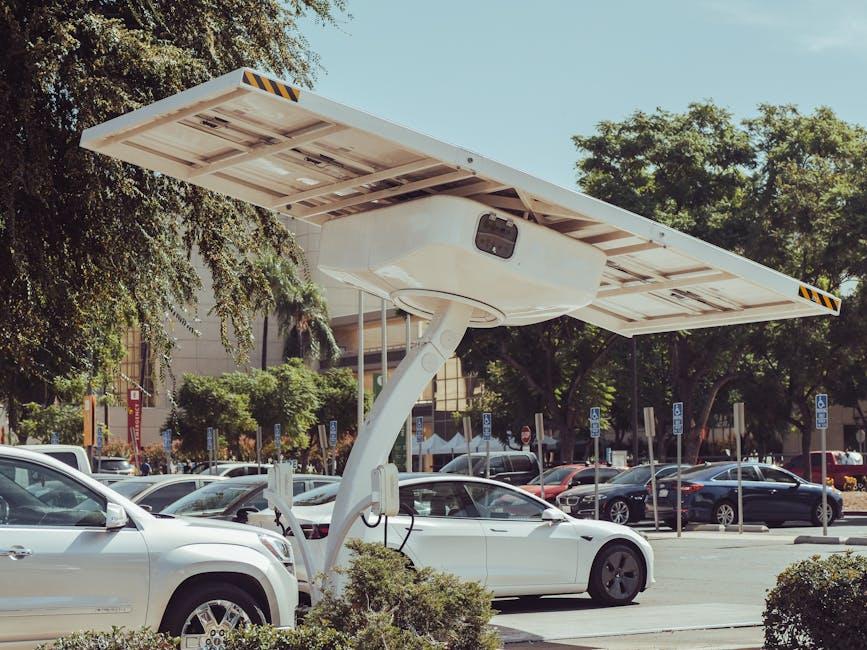In the fast-paced rhythm of everyday life, your car’s battery is the unsung hero that fuels every journey, from morning commutes to spontaneous road trips. Yet, despite its crucial role, it often fades quietly into oblivion, leaving you stranded at the most inconvenient moments. Understanding how to extend car battery life isn’t just about avoiding inconvenience—it’s about embracing smarter habits and simple maintenance that can keep your vehicle running smoothly for years to come. This article will guide you through practical tips and insights to help you get the most out of your car battery, ensuring each start is reliable and every drive, worry-free.
Table of Contents
- Understanding the Science Behind Car Battery Lifespan
- Daily Habits That Drain Your Car Battery Uncovered
- Smart Charging Practices to Maximize Battery Health
- Temperature Effects and How to Protect Your Battery Year-Round
- Routine Maintenance Tips Every Car Owner Should Follow
- Choosing the Right Battery for Longevity and Performance
- Q&A
- In Retrospect

Understanding the Science Behind Car Battery Lifespan
Car batteries rely on electrochemical reactions to store and deliver energy, but several factors naturally cause their capacity to degrade over time. Understanding these factors is key to managing lifespan efficiently. Key processes such as sulfation—the buildup of lead sulfate crystals—and electrolyte evaporation diminish the battery’s ability to hold charge. Environmental conditions like high temperatures accelerate these deteriorative reactions, while cold weather can reduce the battery’s cranking power, causing performance drops but not necessarily physical damage.
Inside every lead-acid battery, multiple cells convert chemical energy into electrical energy, but they are susceptible to wear due to repeated charge-discharge cycles. Consider this simplified battery performance table showcasing common aging effects:
| Factor | Effect on Battery | Result |
|---|---|---|
| High Temperature | Speeds electrolyte evaporation | Reduced lifespan |
| Deep Discharges | Increases sulfation rates | Capacity loss |
| Undercharging | Incomplete chemical reactions | Permanent performance decline |
| Vibration | Physical damage to plates | Internal short circuits |
By addressing these internal and external contributors, such as maintaining optimal charge levels and minimizing extreme thermal exposure, owners can significantly slow down the degradation process and maximize the battery’s effective service life.
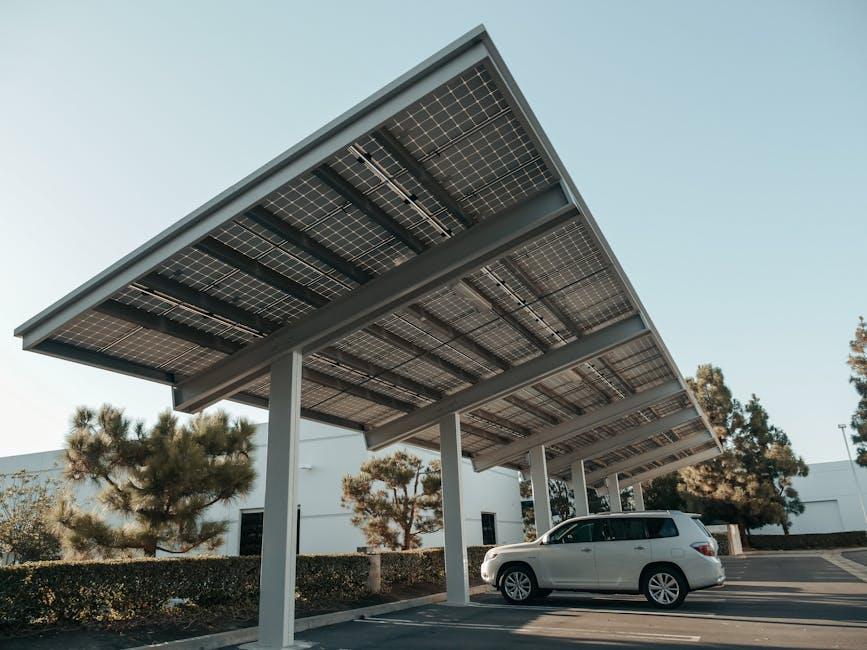
Daily Habits That Drain Your Car Battery Uncovered
Many drivers unknowingly weaken their car battery by engaging in seemingly harmless everyday actions. Leaving interior lights on for extended periods, such as dome or glove compartment lights, can slowly but surely sap precious battery power. Similarly, frequently using electronic accessories like the radio, GPS, and charging devices without the engine running puts an unnecessary load on the battery, accelerating its depletion. Even small habits like neglecting to close doors properly or leaving the trunk light on can contribute to gradual battery drain.
Another common issue lies in short trips and irregular driving patterns. When the engine isn’t running long enough for the alternator to fully recharge the battery, it repeatedly loses charge over time, reducing its overall lifespan. Frequent false starts and stops, combined with consistently heavy electrical loads, compound this effect. Maintaining awareness of these subtle yet damaging practices allows you to adjust your routine and protect your battery’s longevity.
- Leaving headlights on overnight
- Using high-powered audio systems without engine running
- Failing to secure all cabin lights when parked
- Idle short trips preventing full battery recharge
- Ignoring warning signs of battery wear
| Habit | Effect on Battery | Recommended Action |
|---|---|---|
| Leaving lights on | Slow power drain | Double check before exiting |
| Short drives | Incomplete recharge | Occasional longer trips |
| Using electronics off-engine | High battery load | Limit accessory usage parked |
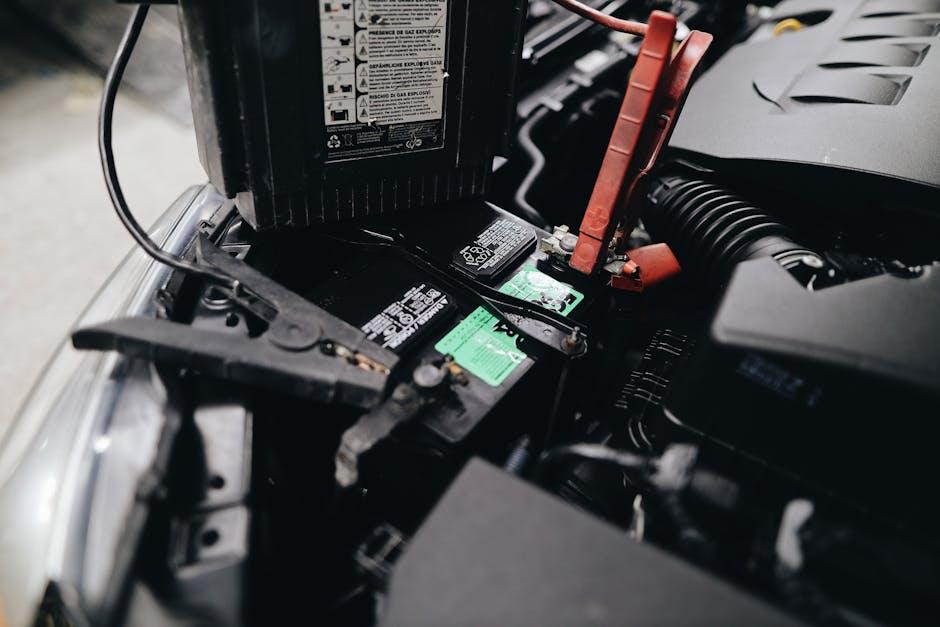
Smart Charging Practices to Maximize Battery Health
Smart charging habits are key to preserving your car battery’s vitality over time. Avoid letting the charge drop below 20% or charging it up to 100% too frequently; batteries thrive best when kept in the 30%-80% range. Using a high-quality, intelligent charger that adapts the current based on battery condition can prevent overcharging, which leads to unnecessary wear. Also, consider charging in a cool environment since heat accelerates battery degradation during charging sessions.
Integrate these simple yet effective habits into your routine:
- Charge slowly with a smart charger to reduce stress on battery cells.
- Avoid frequent short charges that do not bring the battery voltage up fully.
- Disconnect the charger once the battery reaches optimal levels.
- Inspect and clean terminal connections to ensure efficient charging.
| Charging Practice | Effect on Battery |
|---|---|
| Slow, Controlled Charging | Enhances longevity by reducing heat build-up |
| Fast Charging Frequently | Increases wear, shortens lifespan |
| Maintaining Mid-Level Charge | Prevents deep discharge stress |
| Ignoring Temperature Conditions | Can cause quick degradation |
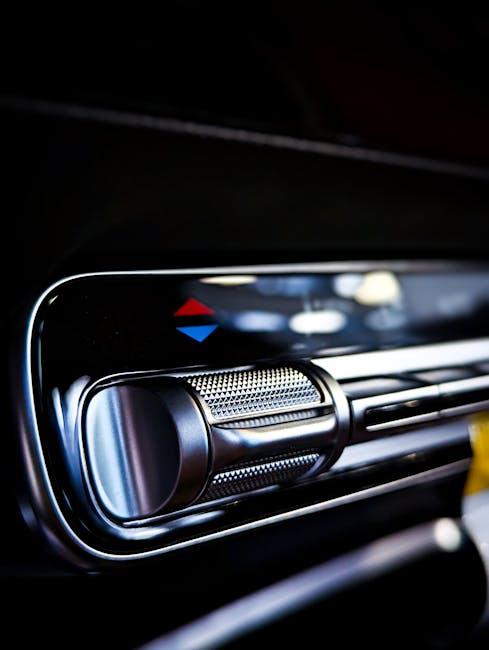
Temperature Effects and How to Protect Your Battery Year-Round
Extreme temperatures can be ruthless on your car battery’s health. In cold weather, the chemical reactions inside the battery slow down, reducing its ability to deliver a strong charge, while hot temperatures can accelerate corrosion and battery fluid evaporation. To combat these challenges, keep your car parked in shaded or insulated areas whenever possible, especially during temperature extremes. Additionally, using a battery insulation kit or blanket is a simple yet effective way to help maintain steady battery temperatures and ward off potential damage.
Year-round care involves routine checks to ensure your battery terminals remain clean and free from corrosion, which can worsen under temperature stress. Consider the benefits of a smart trickle charger, especially in winter months, to keep the battery charged without overloading it. Below is a quick guide to ideal battery temperature ranges and protection tips:
| Temperature Range | Effect on Battery | Protection Tips |
|---|---|---|
| Below 32°F (0°C) | Reduced capacity, slow starts | Use insulation kits, park indoors |
| 32-77°F (0-25°C) | Optimal performance | Routine maintenance, regular charging |
| Above 77°F (25°C) | Increased corrosion, fluid evaporation | Park in shade, keep terminals clean |

Routine Maintenance Tips Every Car Owner Should Follow
Car batteries thrive on care and attention, much like any living system. Regularly inspecting the terminals for corrosion and cleaning them with a mix of baking soda and water can dramatically improve battery performance. When parking your vehicle for extended periods, disconnecting the battery or using a trickle charger can prevent slow discharge, which drains battery life silently over time. It’s also wise to ensure your electrical components—like interior lights or chargers—are turned off when the vehicle isn’t in use to avoid unnecessary battery drain.
Optimizing driving habits plays a vital role, too. Short trips prevent the alternator from fully recharging the battery, so occasionally taking longer drives helps maintain a healthy charge. Avoiding rapid acceleration and heavy use of electronics during startup can reduce strain on the battery. For convenience, here’s a quick reference chart for ideal battery care intervals:
| Maintenance Task | Recommended Frequency |
|---|---|
| Check for corrosion | Monthly |
| Battery voltage test | Every 6 months |
| Clean terminals | Every 3 months |
| Use trickle charger (if idle) | When parked >2 weeks |
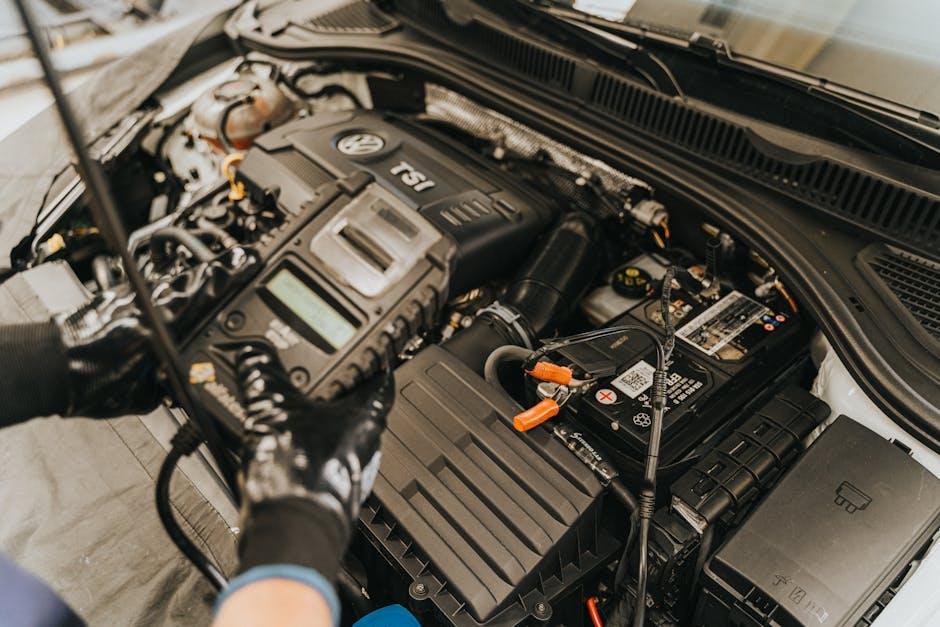
Choosing the Right Battery for Longevity and Performance
When selecting a battery that balances longevity with top-tier performance, it’s essential to consider the chemistry and construction of the battery. AGM (Absorbent Glass Mat) batteries, for instance, offer faster recharge times and better resistance to vibration, making them ideal for vehicles frequently driven in stop-and-go traffic or rough terrains. On the other hand, traditional flooded lead-acid batteries remain a budget-friendly choice with reliable performance for everyday driving habits. Always ensure that the battery’s Cold Cranking Amps (CCA) rating matches or exceeds your vehicle manufacturer’s specifications to guarantee optimal starting power, especially in colder climates.
Besides type and capacity, pay attention to the warranty and brand reputation, which are strong indicators of a battery’s durability. Look for features that support maintenance-free operation, such as sealed tops and corrosion-resistant terminals, to reduce the need for regular upkeep and extend service life. Here’s a quick comparison of key battery types that highlights their core strengths:
| Battery Type | Durability | Performance | Best For |
|---|---|---|---|
| Flooded Lead-Acid | Good | Standard | Budget-conscious drivers |
| AGM | Excellent | High | Stop-and-go, rough terrain |
| Gel Cell | Very Good | Moderate | Extreme temperatures |
Q&A
Q&A: How to Extend Car Battery Life
Q1: Why does my car battery lose charge so quickly?
A1: Car batteries can lose charge rapidly due to factors like extreme temperatures, frequent short trips, leaving lights or electronics on when the engine is off, or simply age. Understanding these causes helps you take steps to preserve battery life.
Q2: Can driving habits impact my car battery’s longevity?
A2: Absolutely. Short drives don’t allow the alternator enough time to recharge the battery fully, leading to a gradual drain. Longer drives at steady speeds give your battery a healthy recharge boost.
Q3: What maintenance routines help keep a car battery healthy?
A3: Regularly cleaning battery terminals to prevent corrosion, checking for secure cable connections, and ensuring the battery is firmly mounted can all contribute to optimal performance. Also, testing the battery periodically helps catch issues early.
Q4: Does climate really affect battery life?
A4: Yes. Extreme cold can reduce battery capacity, making it harder for your car to start, while excessive heat accelerates battery fluid evaporation, damaging internal components. Protecting your battery from temperature extremes can extend its lifespan.
Q5: Are aftermarket battery chargers worth it?
A5: Smart chargers or trickle chargers designed for automotive use can be an excellent investment, especially if you don’t drive daily or your vehicle is stored for long periods. They maintain a consistent charge without overcharging.
Q6: How do I know when it’s time to replace my car battery?
A6: Signs include slow engine crank, dimming lights, or the battery being over 3-5 years old depending on your battery type. Professional testing can confirm if a replacement is necessary before unexpected failure occurs.
Q7: Can smartphones or electronics drain my car battery if plugged in overnight?
A7: Modern vehicles often have safeguards, but leaving multiple devices plugged in for extended periods without the engine running can drain the battery. It’s best to avoid using electronics when your engine is off for long stretches.
Q8: What everyday habits can help me extend my battery’s life?
A8: Simple steps such as turning off interior lights, minimizing accessory use when the engine isn’t running, and avoiding excessive engine idling can reduce unnecessary battery drainage and extend its useful life.
By understanding your car battery’s needs and adopting mindful habits, you can keep it running strong and avoid those frustrating moments when your vehicle won’t start.
In Retrospect
In the journey of keeping your car battery healthy, a little care goes a long way. By adopting simple habits and staying mindful of your vehicle’s electrical needs, you can stretch the life of your battery well beyond expectations. Remember, every small step—whether it’s regular maintenance, smart driving, or mindful charging—adds up to fewer unexpected stalls and more miles of worry-free driving. So, treat your battery with the attention it deserves, and it will power your adventures for many roads ahead.

